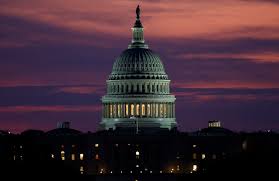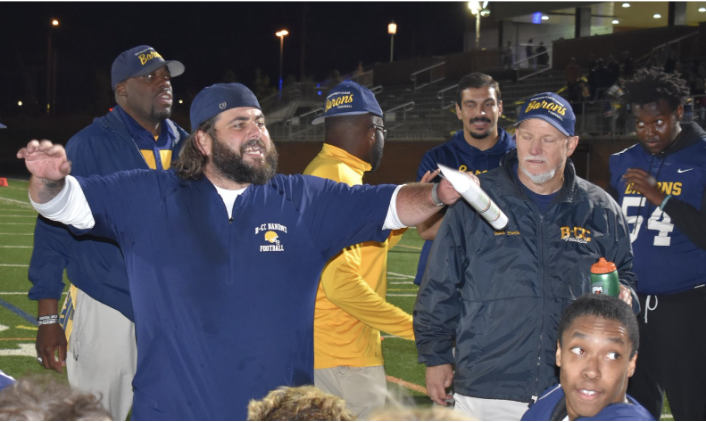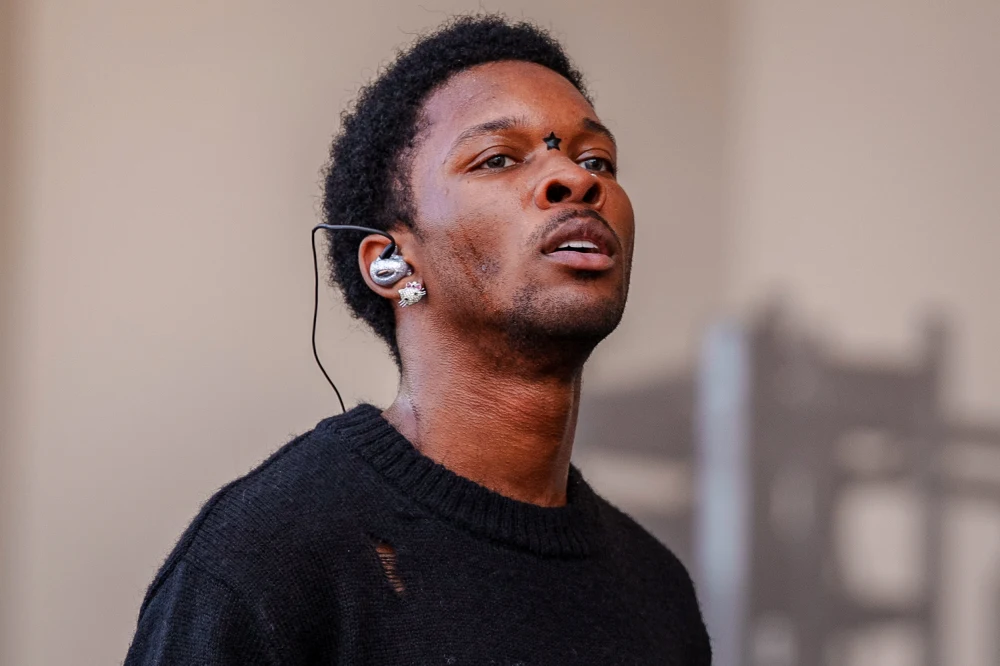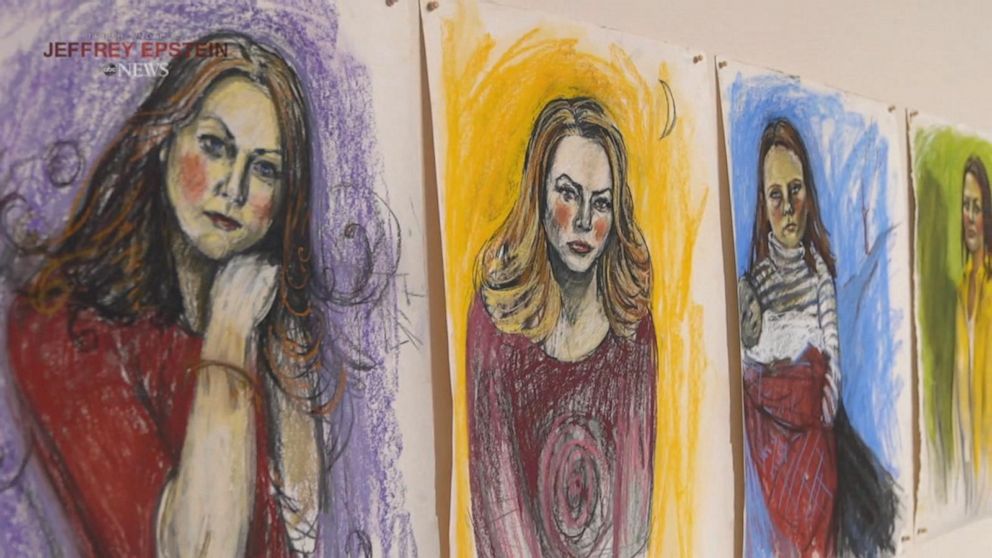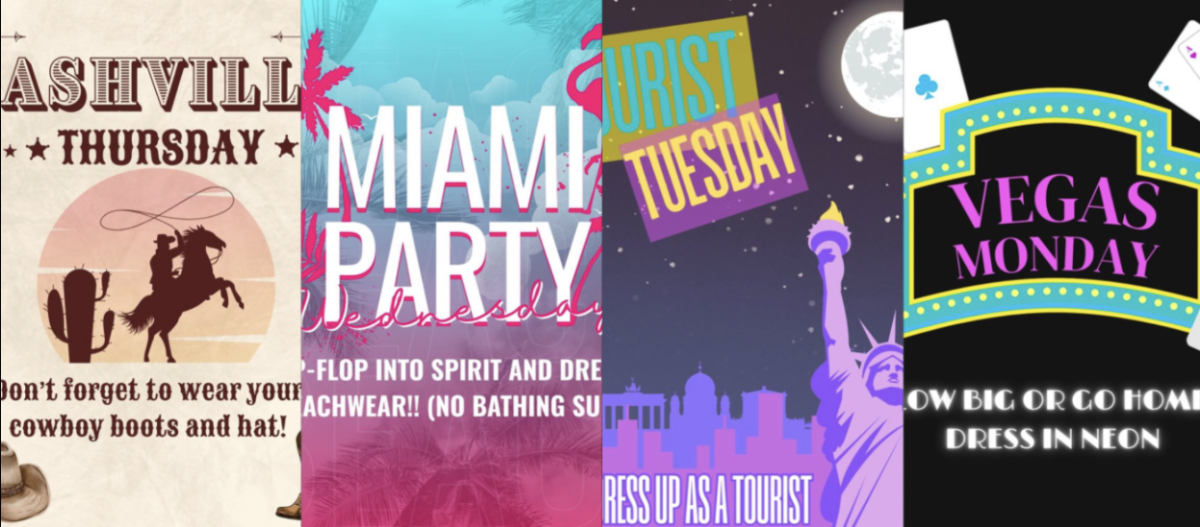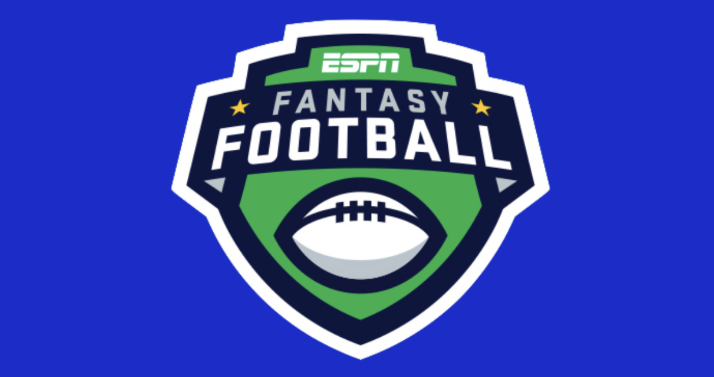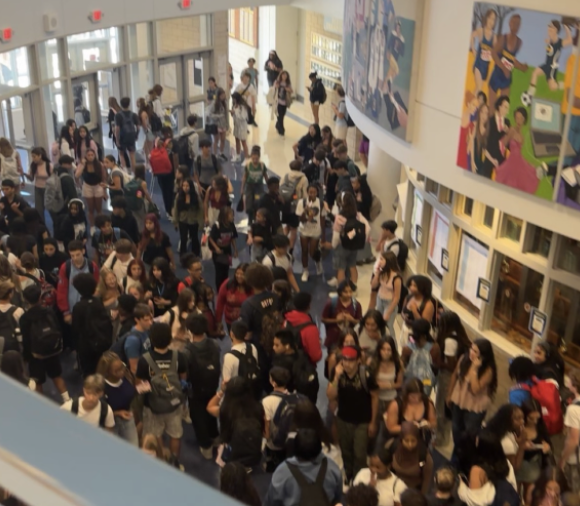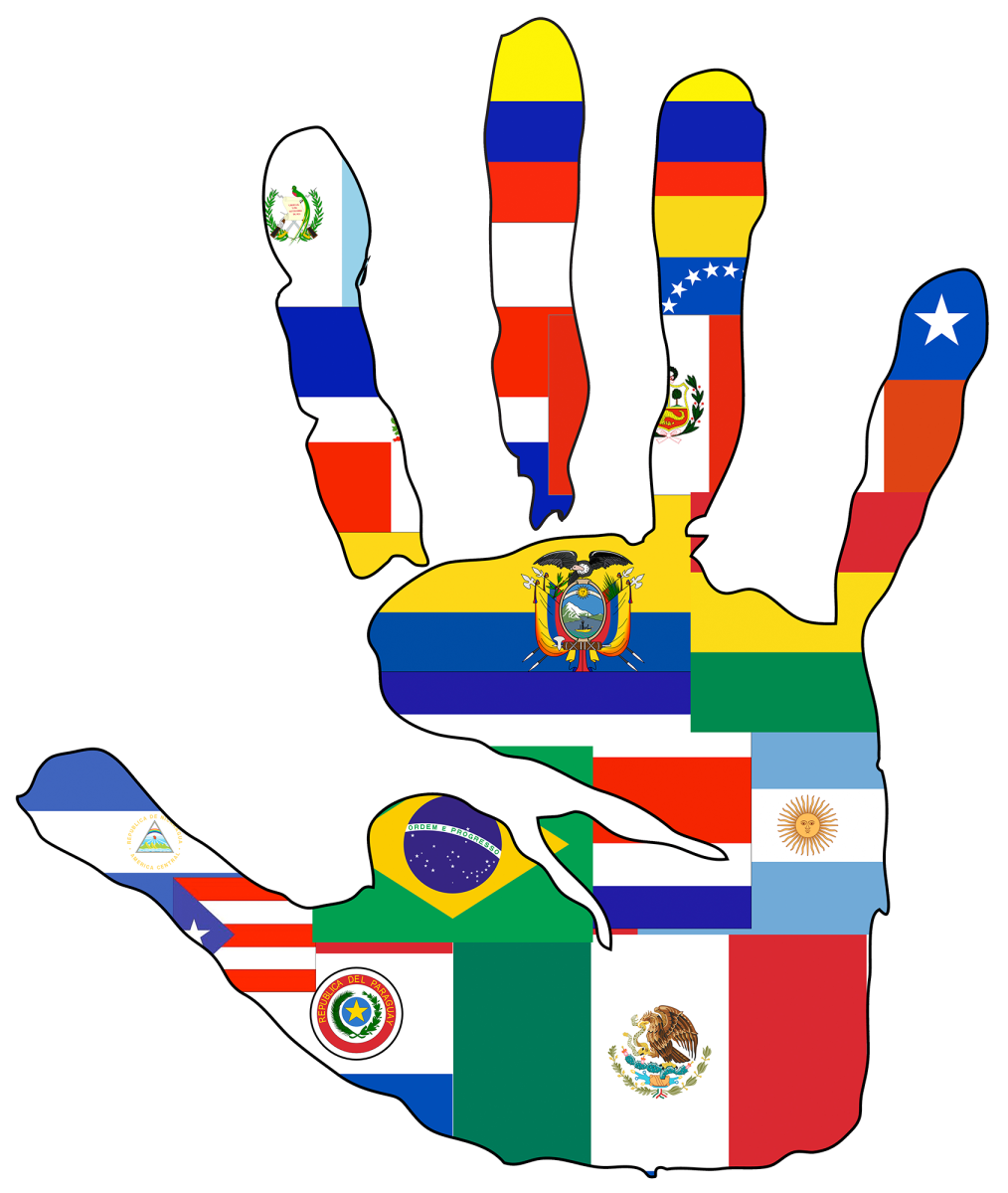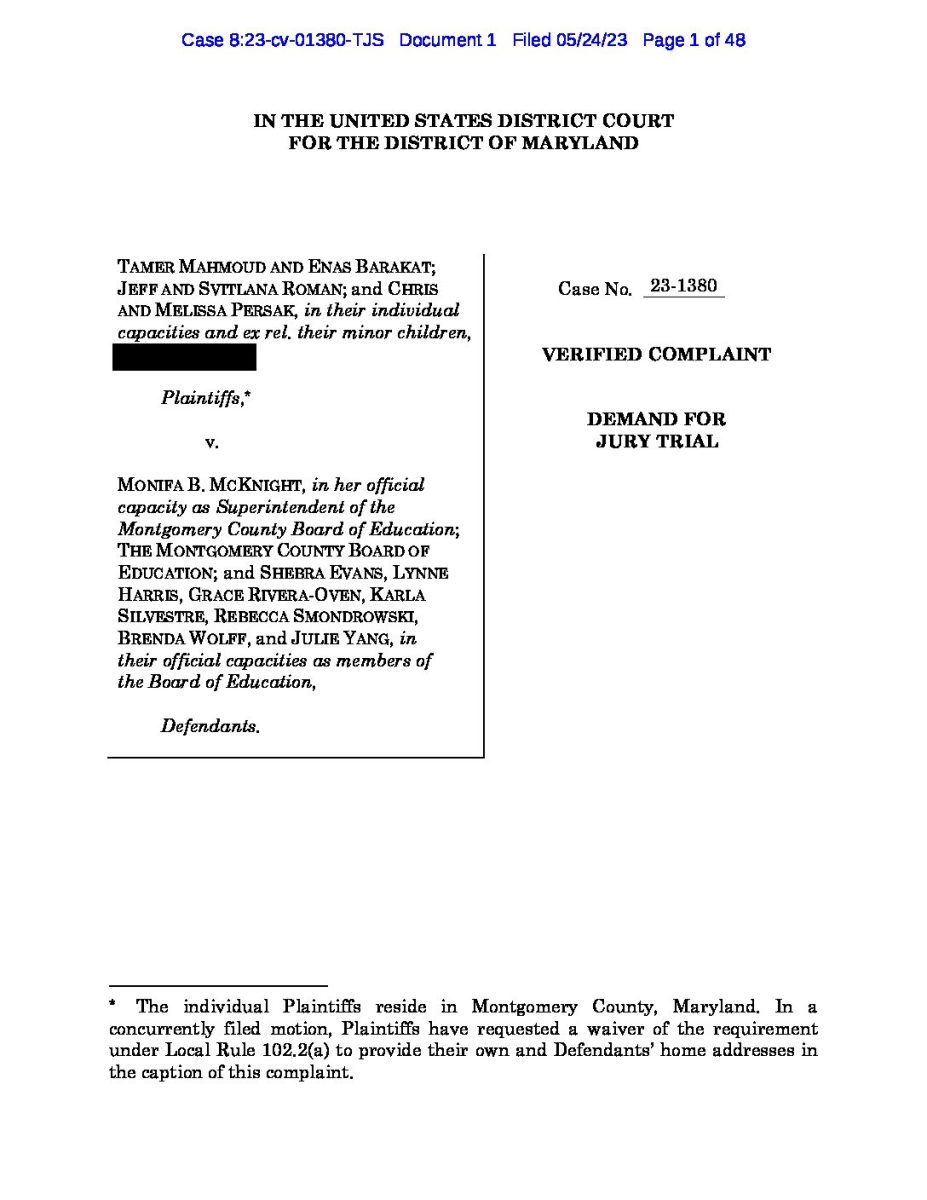
“One size fits all,” but does it really? The most logical answer is no. However, companies still label their clothes with this kind of sizing, which in turn causes lots of displeased customers and controversy surrounding whether this kind of labeling is detrimental or not.
Stores like Victoria’s Secret and American Eagle have had to learn the hard way that a single size isn’t the only size, and have stepped up their inclusivity. On the contrary, many stores haven’t made any changes to their sizing. For example, Brandy Melville, a popular place for teens to shop, continues to label their clothes, “one size,” when in reality it is all a size small.
According to research done by the Centers for Disease Control and Prevention, “the average waist size for girls between the ages of 13-19 is 32.6 inches, which is, on average, a medium to large bottom. However, many one-size-fits-all stores only carry bottoms extra-small to small, sometimes fitting a medium if they are stretchy. In order to fit into these sizes, one would need a 25-inch waist.” In turn, this could result in a potentially harmful mindset for teens, or anyone, when buying clothing.
Senior Timo Toure gave his take on the subject as an outsider to the fashion realm. “I think it’s very toxic, considering it’s not fair for all [different sized] people, and the stores are kind of like lying to…the public about how it’s one size fits all.” He continued, “It applies to all ages… [one size fits all] probably makes people feel insecure about how they look… and it’s all the store’s fault.”
Junior Zuzanna Adamkiewicz is involved in the world of fashion and said, “This practice can be exclusionary and creates a[n] [unrealistic] standard… it sends a message that there’s only one acceptable body type, which can perpetuate harmful beauty standards and negatively impact people’s self esteem.” When asked whether she believes inclusivity is important in the fashion world, she said, “Absolutely… fashion is not just about clothing; it’s a form of self-expression and a way for individuals to showcase their identity and personality…Our society can’t expect women to all look the same just to fit in.”
Although one size fits all stores are still very popular amongst teens today, it seems that Gen-Z may be the start of change when it comes to inclusivity in the fashion industry.





